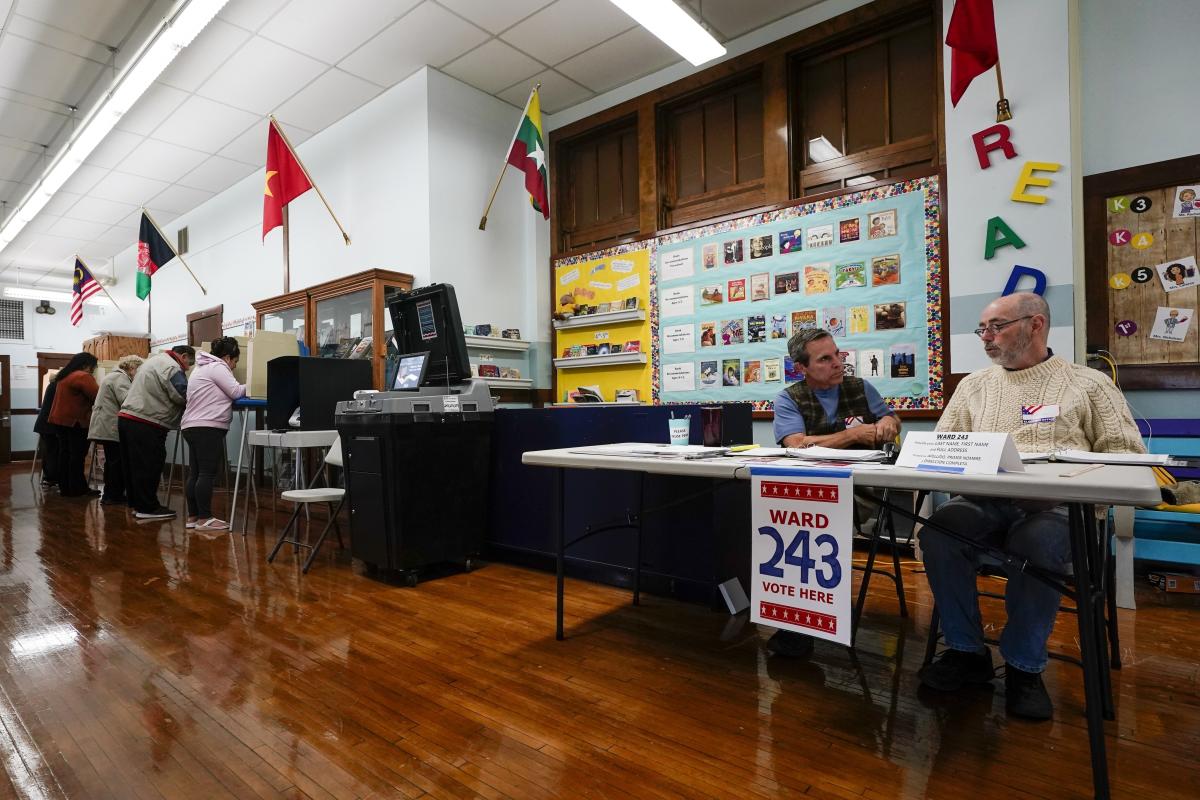Five of the biggest US banks said Friday they will return more cash to shareholders after passing their Federal Reserve stress tests earlier in the week, a show of strength that reinforces the divide between the industry’s giants and smaller regional rivals.
JPMorgan Chase (JPM) Wells Fargo (WFC), Goldman Sachs (GS), Morgan Stanley (MS) and Citigroup (C) each announced plans to raise their quarterly dividends, with the increases ranging from 2 cents to 25 cents. Goldman’s was the largest and Citigroup’s was the smallest.
Many also touted the results of their regulatory exams, which the Fed released on Wednesday after assessing whether 23 institutions would be able to withstand a severe global recession characterized by 10% unemployment and a 45% stock market plunge.
Banks weren’t allowed to return any cash to shareholders until they received a passing grade.
Morgan Stanley’s CEO James Gorman said on Friday that the results “demonstrate the durability of our transformed business model.” Citigroup CEO Jane Fraser said they “demonstrate Citi’s financial resilience.” Goldman CEO David Solomon said “we are pleased by the progress we’ve made in reducing the capital intensity of our business.”
JPMorgan CEO Jamie Dimon, who runs the nation’s largest bank, said the tests showed that banks are “resilient” and “and continue to serve as a pillar of strength to the financial system and broader economy.”
Bank of America (BAC), the nation’s second-largest bank, made no announcement Friday.
US bank stocks ended June looking the best they have for months. The KBW Bank Index closed Friday up more than 5% while the KBW regional bank index rose 3%.
No regional banks that passed the Fed’s test announced dividend increases on Friday, including PNC (PNC) and US Bancorp (USB). Truist (TFC) said it would maintain its current dividend. Many regionals ended the Fed exam with smaller buffers than their giant rivals.
The bank with the lowest capital buffer as determined by the Fed was Citizens Financial (CFG), a regional bank based in Rhode Island.
It released a statement Friday that stated it would continue a program to repurchase $1.3 billion in stock but it made no announcement about a possible dividend payout.
“We are pleased that the Federal Reserve’s stress test results illustrate Citizens’ strong capital position,” said Citizens CFO John Woods. “We take further comfort in the fact that our company-run stress test results imply significantly lower capital drawdown than the Federal Reserve’s models.”
The bank with the highest capital ratio under the Fed’s “severely adverse scenario” was Charles Schwab (SCHW), one of the lenders that came under a lot of investor scrutiny earlier this year as other banks stumbled.
“Given the anticipated changes to regulatory expectations and capital requirements, we’ll provide updates going forward regarding our capital planning and capital management priorities as conditions and requirements evolve,” Schwab’s CFO Peter Crawford said Friday.
Banks are still bracing for a new set of higher capital requirements from the Fed that will force some of them to hold even greater buffers against losses.
These tougher rules were already in the works before the collapse of several regional banks in the spring, but regulators made it clear in the wake of those troubles that they wanted to make sure their new approach applied to mid-sized institutions similar in size to a First Republic or a Silicon Valley Bank, which were among the banks that failed this spring.
Both had more than $200 billion in assets at the time of their failures.
For investors “it seems safe to go into the water after this stress test but by no means turn your back on these two more regulatory waves coming your way,” Wells Fargo banking analyst Mike Mayo told Yahoo Finance.
Click here for the latest stock market news and in-depth analysis, including events that move stocks
Read the latest financial and business news from Yahoo Finance







